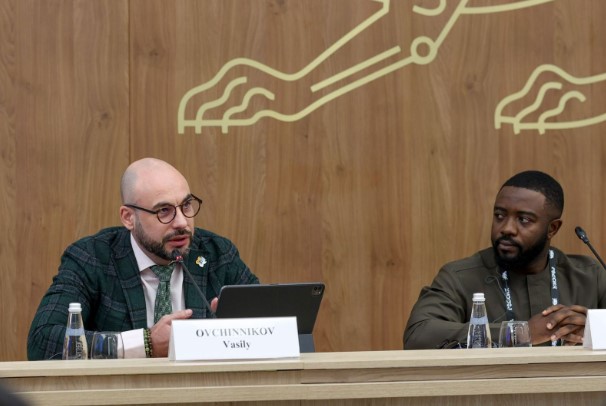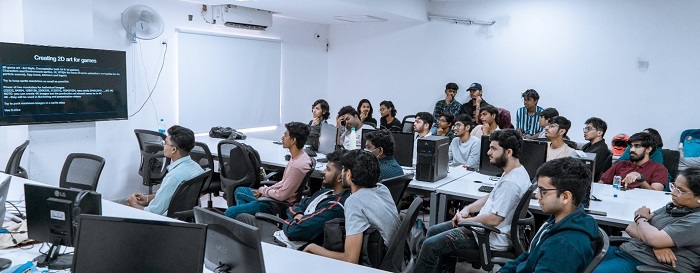
In the dynamic world of real estate, innovation is the driving force behind the evolution of residential development. Today, we sit down with Pranav Rastogi, the visionary CEO of a prominent real estate development company, to delve into the realm of innovation in residential development. With a keen eye for emerging trends and a passion for creating sustainable and livable communities, Pranav Rastogi offers valuable insights into the latest innovations reshaping the landscape of residential development.
Pranav Rastogi is a seasoned entrepreneur with a wealth of experience in the real estate industry. With a background in engineering and a deep-seated commitment to excellence, he has spearheaded numerous groundbreaking projects that have set new standards for innovation in residential development. Through our conversation, we explore the various facets of innovation in residential development and the role it plays in shaping the future of urban living.
Smart Technologies: Transforming the Home Experience
One of the most prominent trends in residential development is the integration of smart technologies into homes. Pranav Rastogi emphasizes the transformative impact of smart technologies, stating, “Smart homes are no longer just a luxury – they are becoming increasingly essential in today’s digital age.” From automated lighting and climate control systems to voice-activated assistants and security cameras, smart technologies are revolutionizing the way we interact with our homes. By offering enhanced convenience, comfort, and security, these technologies are reshaping the home experience and setting new standards for modern living.
Sustainability: Building for the Future
Innovation in residential development also extends to sustainability, with a growing emphasis on eco-friendly practices and materials. Pranav Rastogi underscores the importance of sustainability in creating resilient and environmentally conscious communities. “Sustainability is not just a buzzword – it’s a fundamental principle that guides our approach to development,” he explains. Through the use of energy-efficient designs, sustainable building materials, and renewable energy sources, developers are reducing the environmental impact of residential projects and creating healthier, more sustainable communities for future generations.
Design Innovation: Creating Inspiring Spaces
Another key aspect of innovation in residential development is design. Pranav Rastogi emphasizes the importance of creating inspiring and functional spaces that enhance the quality of life for residents. “Design plays a crucial role in shaping the way we experience our homes and communities,” he states. “By incorporating innovative design elements, such as open floor plans, natural light, and green spaces, we can create environments that promote well-being and foster a sense of connection.” From modern architectural designs to thoughtfully curated amenities, design innovation is redefining the concept of urban living and elevating the residential experience for residents.
Modular Construction: Streamlining the Building Process
One of the most exciting developments in residential development is the adoption of modular construction techniques. Pranav Rastogi highlights the numerous benefits of modular construction, including reduced construction time, cost savings, and improved quality control. “Modular construction offers a more efficient and sustainable alternative to traditional building methods,” he explains. “By prefabricating building components off-site and assembling them on-site, we can accelerate the construction process and deliver projects more efficiently.” With its potential to revolutionize the building industry, modular construction is paving the way for faster, more sustainable, and cost-effective residential development.
Future Trends: Looking Ahead
As we look to the future of residential development, Pranav Rastogi sees endless possibilities for innovation. “The pace of technological advancement is accelerating, and with it, the potential for innovation in residential development,” he says. “From the integration of artificial intelligence and virtual reality to the development of sustainable smart cities, the future of residential development is incredibly exciting.” By staying at the forefront of emerging trends and embracing innovative approaches to development, developers like Pranav Rastogi are shaping the future of urban living and creating communities that are smarter, more sustainable, and more connected than ever before.
In conclusion, innovation is the driving force behind the evolution of residential development, reshaping the way we live, work, and interact with our environments. Through the integration of smart technologies, sustainability practices, design innovation, and modular construction, developers like Pranav Rastogi are redefining the concept of urban living and creating communities that are both innovative and inspiring. As we look to the future, the possibilities for innovation in residential development are limitless, promising a more sustainable, connected, and vibrant urban landscape for generations to come.















